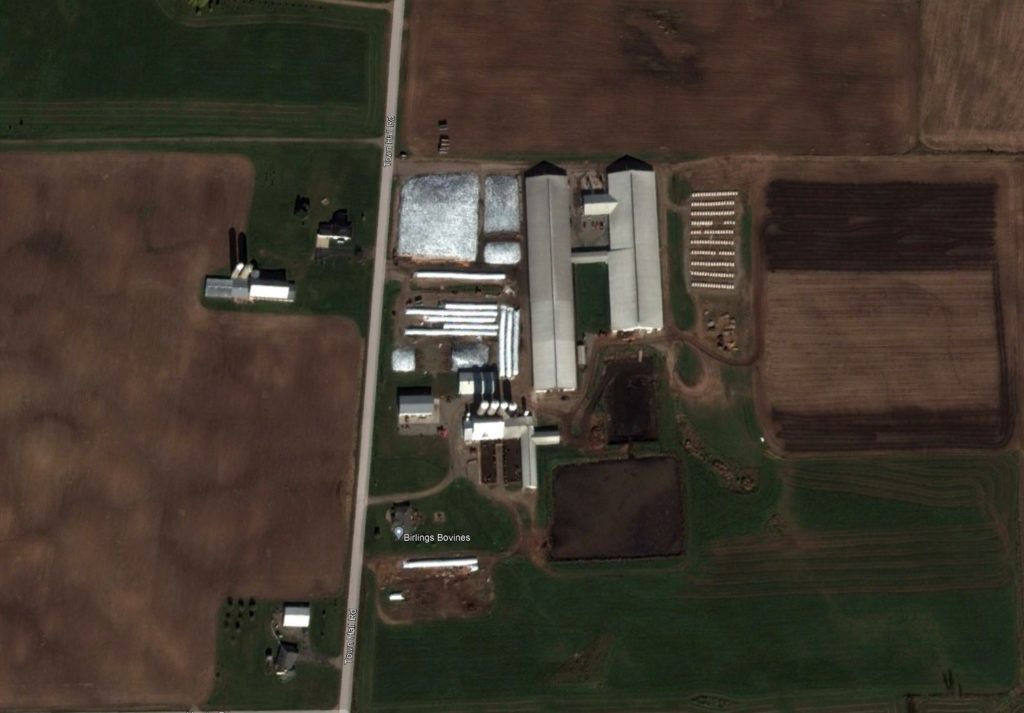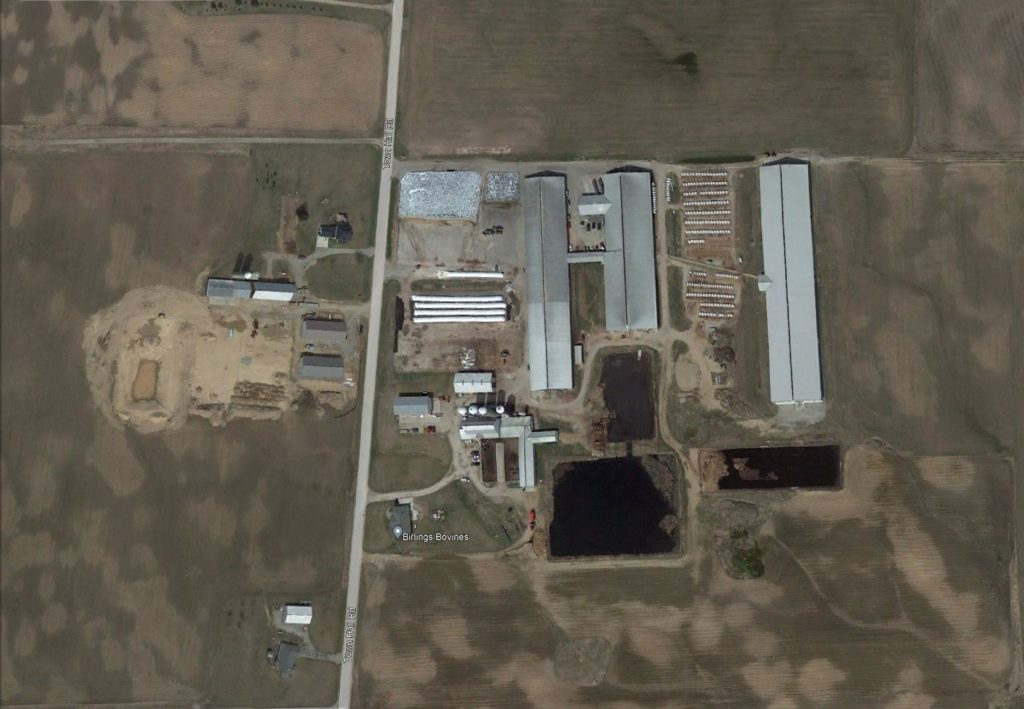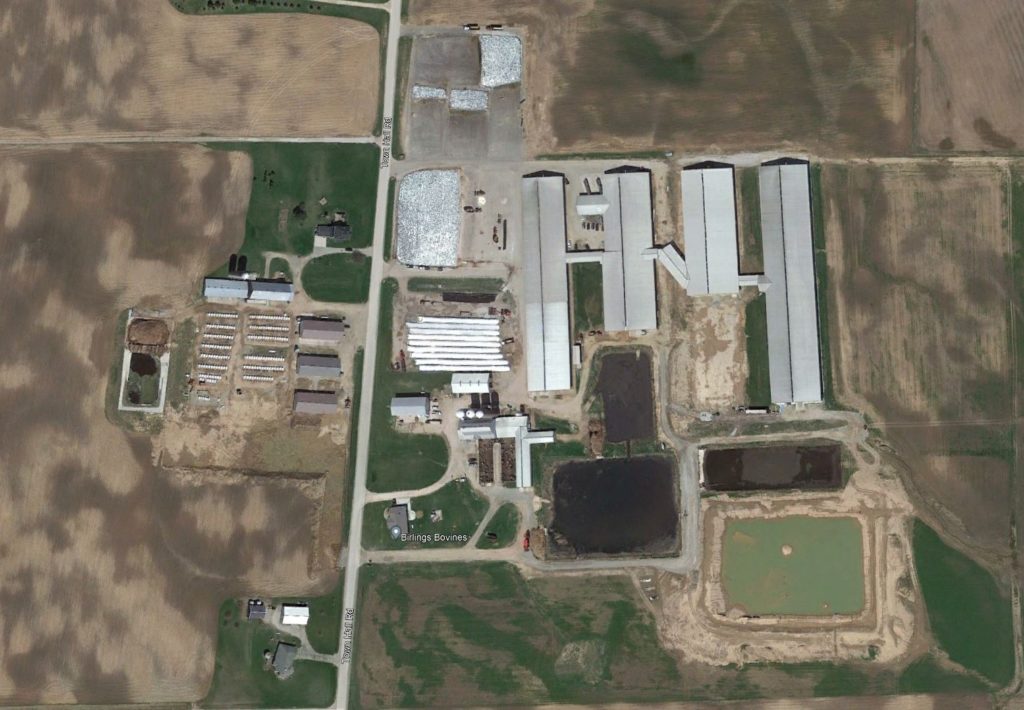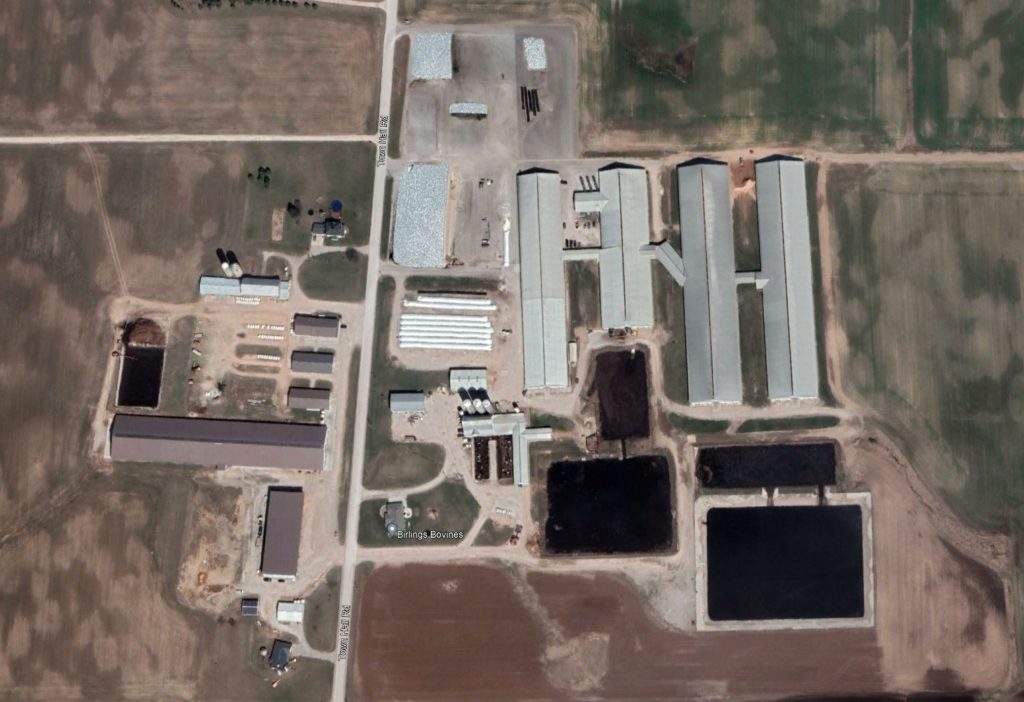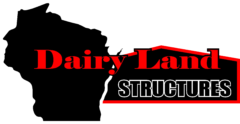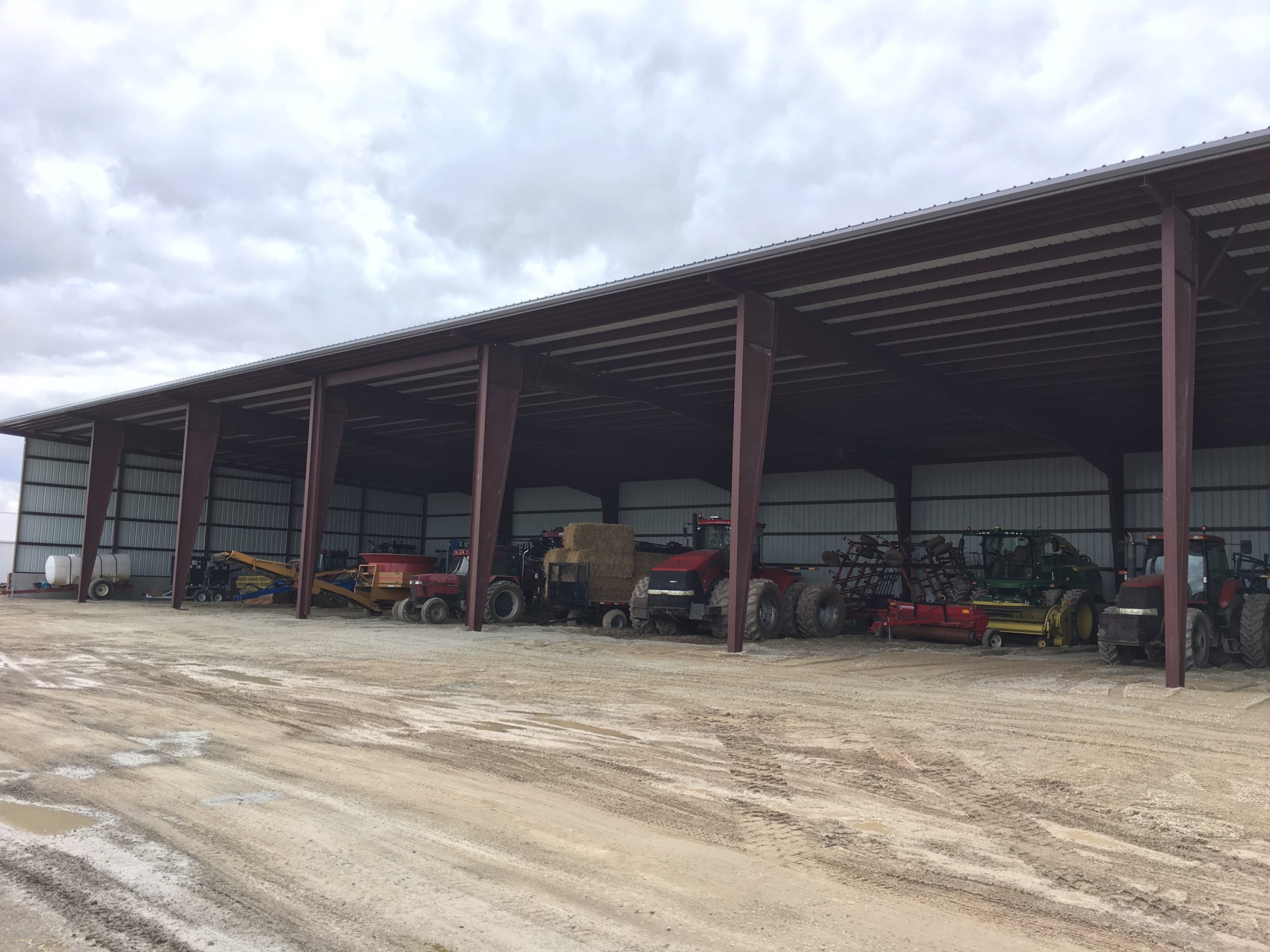We are very proud to be apart of the Birling’s expansion over the past decade. Starting with this 115’4 x 600′ freestall barn we built in 2012.
Over the years we have helped them grow from 500 milk cows and 500 young stock up to 1300 milk cows, 1400 heifers, and 500 steers today. We have added;
- 3 – 40′ x 100′ calf barns
- 3 – manure pits
- 2 – stacking pads
- 2 – 115’4″ x 600′ freestall cow barns
- 100′ x 520′ Transition barn
- 80′ x 200′ Machine shed
- Fuel containment area
- Concrete runoff ditch
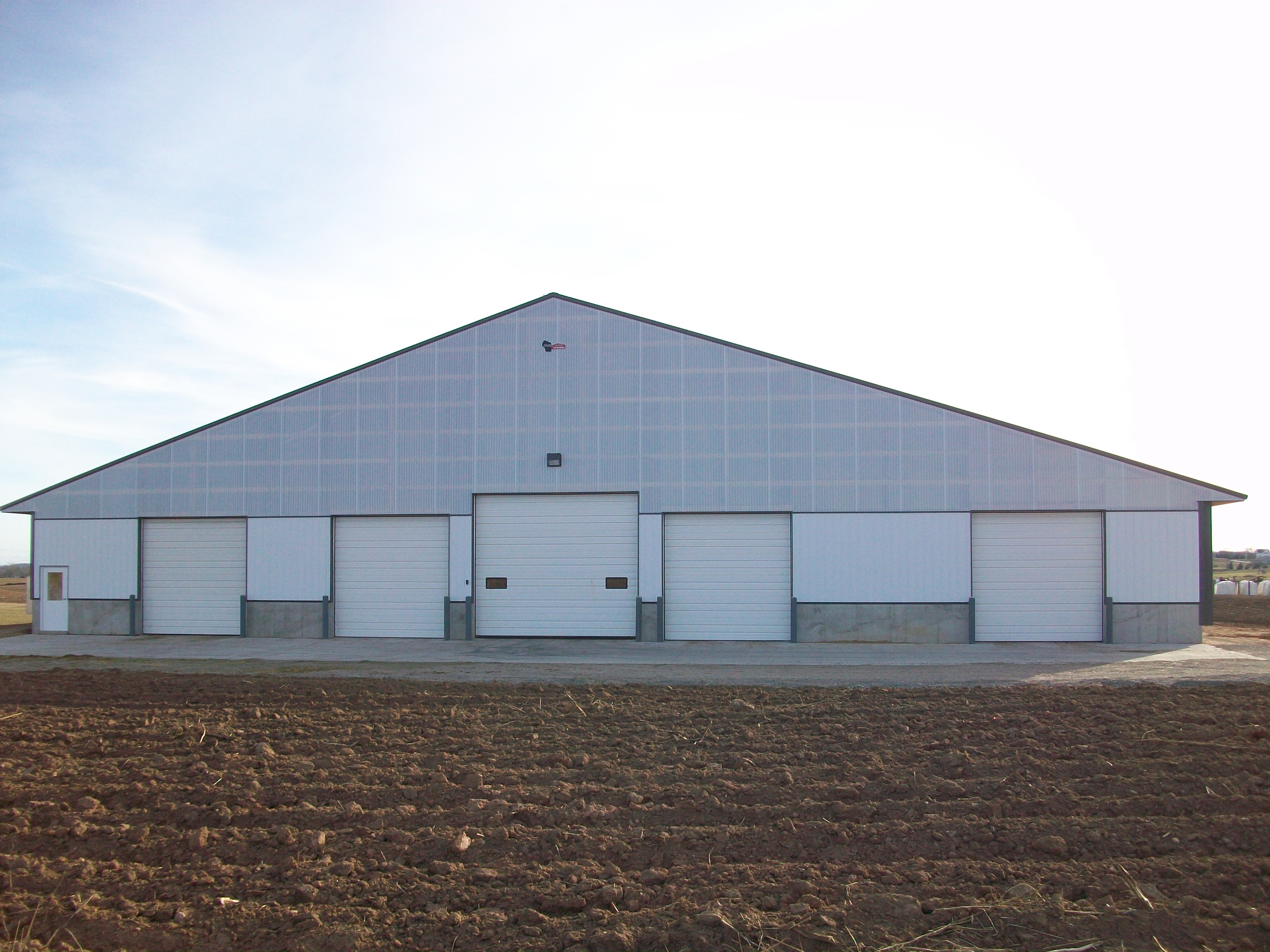
- This 115’4″ x 600 ‘ 6 Row, steel framed freestall barn was built in 2012.
- Houses 600 cows
- Maternity Pen
- Vet room
- Cast in place hoof wash’s
- Open vent ridge
- Concrete beds and briskets
- Climate controlled with Arntjen curtains
- Richie Waterers
- Patz alley scrapers
- Patz center shuttle chute to reception tank.
This 100′ x 520′ transition barn allows calves coming from the calf barns to transition into a stall barn barn before being transferred into the cow barn.
- THERMOCLEAR™ panel overshoot ridge lighting
- Half bed pack
- Half free stall
- Arntjen Curtains
- Concrete Beds
- Cast in place hoof wash’s
- Alley Scrapers
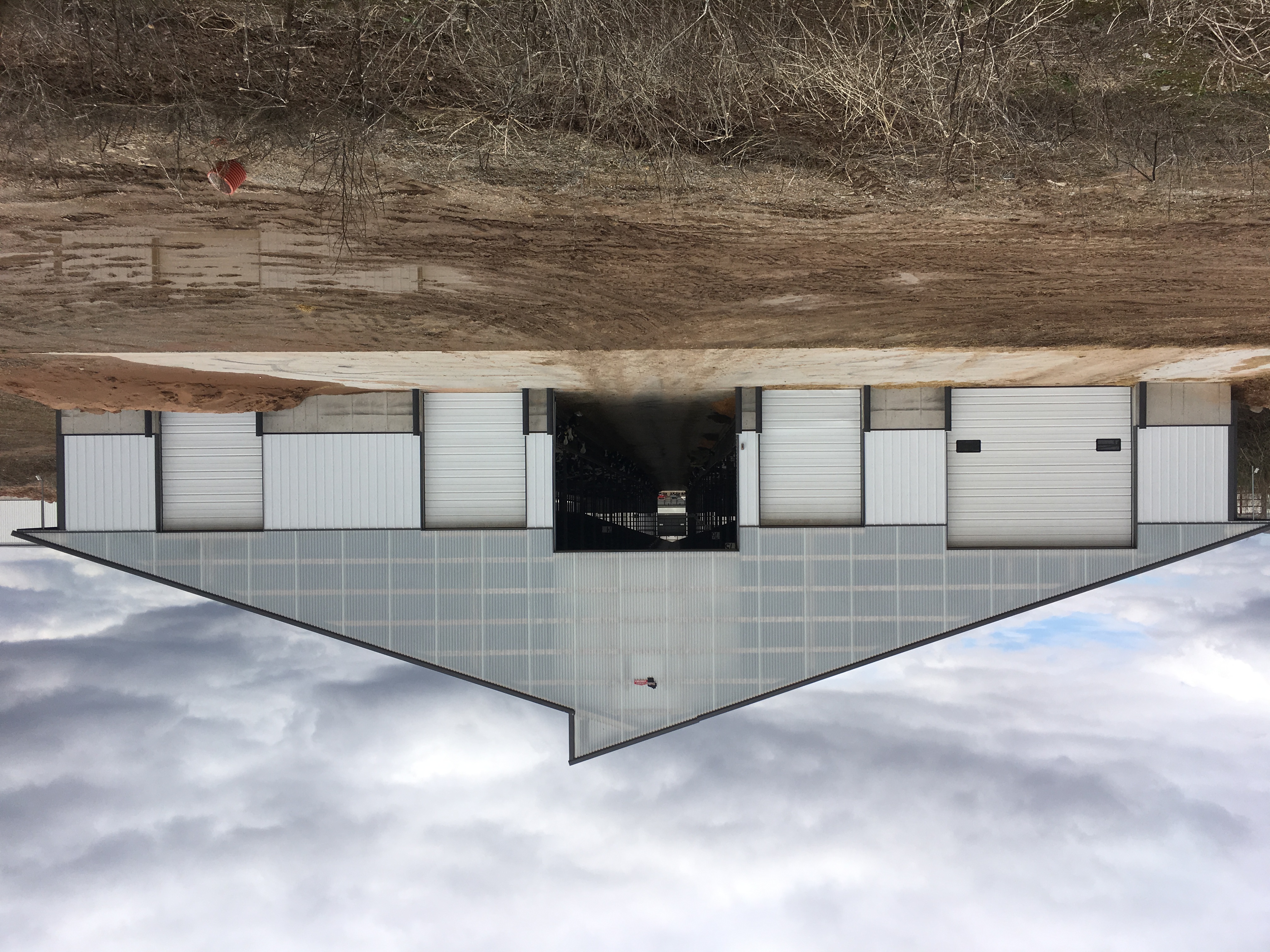
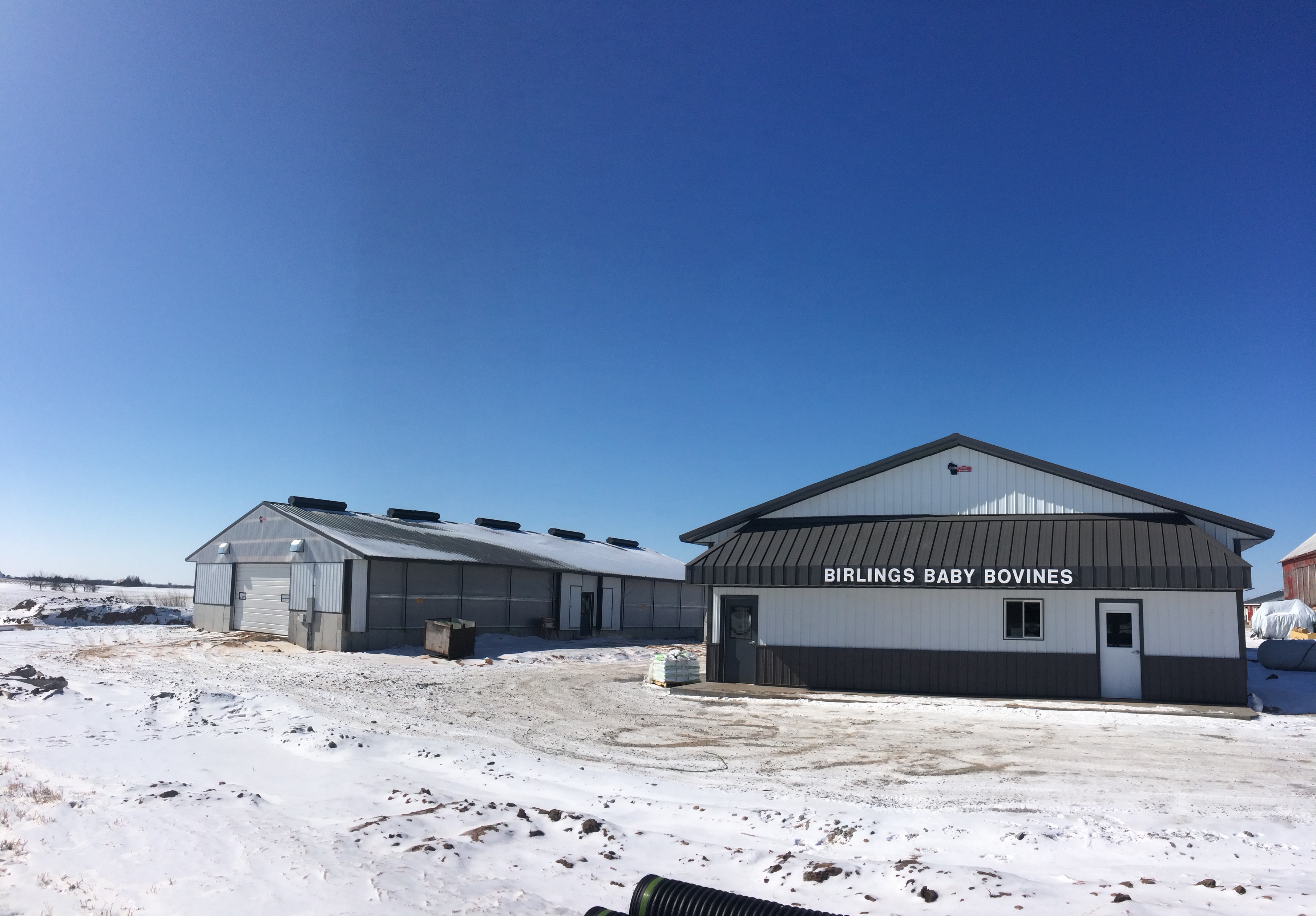
The Birlings used calf hutches outside to house their new born calves. In 2013 that changed.
Our solution was to design an automated calf feeding facility and bring those calves indoors. After birth newborn calves are given their own clean pen and put into a warming room for that first critical week. From there they are moved into auto feed barn. The auto feed barn consists of 4 pens containing 20 calves each giving a total of 80 calves per barn. Each quarter is divided with a concrete wall down the middle length of the wall to isolate illness. Each pen feeds out of its own bottle where every calf’s feeding habits are tracked and recorded via RFID ear tag. After every feeding at the auto feeder a automatic wash cycle ensues. Ventilation is handled by 4 positive ventilation tubes in all 4 quarters.
The rate of gain was improved by 30 days moving the calves to this environment.
